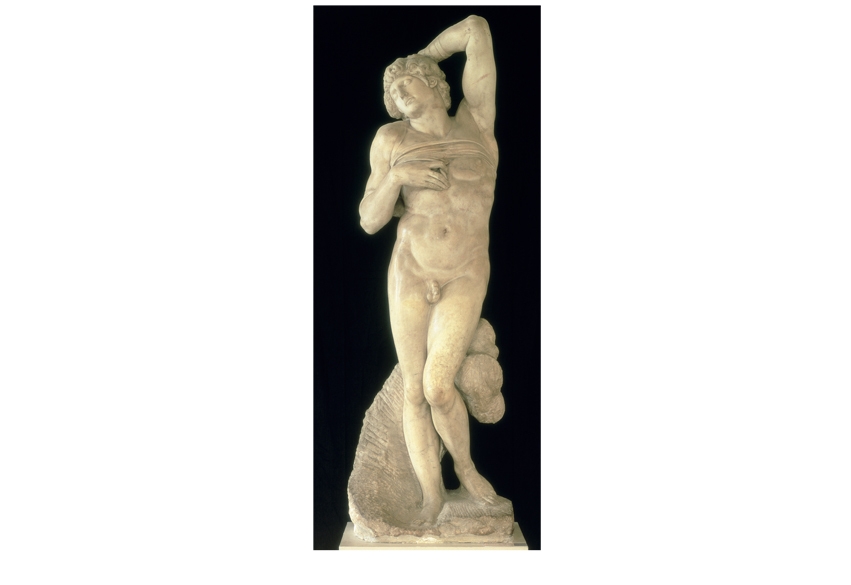In the summer of 1520, Michelangelo Buonarotti wrote a letter of recommendation on behalf of his protégé, the painter Sebastiano del Piombo, to Cardinal Bibbiena, an influential figure at the court of Pope Leo X. The testimonial carried some weight, for Michelangelo was by now Italy’s most admired sculptor, with what are nowadays called ‘signature achievements’ such as the David, the Pietà and the Dying Slave to his credit. Seven years earlier, what is more, he had completed the magisterial decoration of the Sistine Chapel ceiling, among the most ambitious projects in the history of painting, for Pope Julius II.
It comes as something of a surprise, therefore, to find the artist referring to himself, in this same letter, as a man of no significance, prematurely aged, impoverished and mad. Even if the Cardinal must think of granting his request merely in terms of a favour thrown away, protests Michelangelo, some pleasure may be found in favouring madmen, like that of changing to a diet of onions following a surfeit of capons.
Did Michelangelo believe any of this? Probably not. Aged 46, he was hardly, even by the standards of his time, a Methusaleh, and would survive, without serious physiological setbacks, for another four decades. As for money, though instinctively careful over his accounting, he never faced serious poverty. A ne’er-do-well family, headed by his Micawberish father Lodovico, knew it could always rely on his support as a master artificer in the service of Italy’s most illustrious potentates.
The image presented to us in this, the first instalment of Michael Hirst’s two-volume biography, is one which confirms the impression created by an initial encounter with the artist’s works, from the Sistine ‘Last Judgment’ to the smallest preparatory sketch, that of a man who never looked over his shoulder.








Comments
Join the debate for just £1 a month
Be part of the conversation with other Spectator readers by getting your first three months for £3.
UNLOCK ACCESS Just £1 a monthAlready a subscriber? Log in